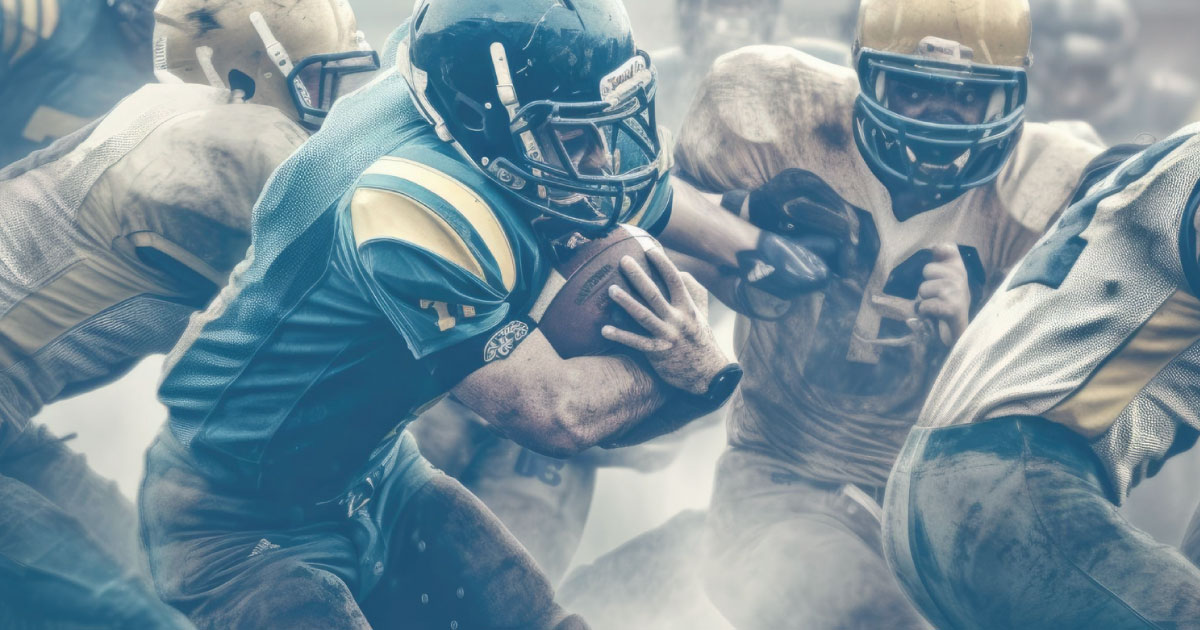
How licensors and licensees score big with data in the sports licensing industry
The multibillion-dollar sports licensing industry is a fast-paced and dynamic sector within the broader licensing ecosystem. Licensing in the sports arena plays a pivotal role in protecting intellectual property (IP) and generating revenue streams.
The industry encompasses an array of merchandise, including apparel, accessories, toys, home goods, and more. While apparel is the largest category, accounting for 50% of the market, sports licensing generates significant revenue through sponsorships, broadcasting rights, ticket sales and digital media partnerships.
The landscape is inundated with vast amounts of data, from consumer behavior and sales figures to social media engagement and brand loyalty metrics. Today, successful sports licensing hinges on leveraging data to understand fan demographics, purchasing habits and emerging trends.
From my perspective, implementing advanced data analytics tools enables licensors (professional sports leagues, sports organizations and brand owners) and licensees (manufacturers and retailers) to gain actionable insights into market trends, consumer preferences and sales performance.
Challenges on the field
The sports licensing landscape presents numerous challenges for licensors and licensees. Understanding these challenges is crucial for developing effective strategies to overcome them and maximize revenue potential.
For licensors
- Protecting the brand — and team logos — from unauthorized use and counterfeiting is a primary concern. Ensuring consistent brand representation across various products and regions requires continuous monitoring.
- Accurately tracking sales and calculating royalties is complex, especially when dealing with multiple licensees and product lines.
- Gaining comprehensive insights into market trends and consumer preferences is essential for making informed decisions about licensing agreements, product development and brand extension. Licensors frequently use trend data to determine if there is another product category in which they can exploit the brand/team. This data helps them decide whether to expand.
- Managing relationships with numerous licensees and ensuring they adhere to the brand’s standards and values can be complicated.
For licensees
- The sports licensing market is highly competitive, with numerous licensees vying for the same fan base. Differentiating products and capturing consumer interest is a significant challenge.
- Accurately predicting demand for licensed merchandise can be difficult, leading to overstock issues that negatively impact profitability.
- Constantly combatting counterfeit goods can dilute brand value, erode consumer trust and lead to revenue loss for legitimate licensees and sports leagues.
- Ensuring all products meet the licensor’s standards and maintaining compliance with contractual terms can be administratively burdensome.
- Properly calculating royalty amounts due, which starts with the licensee. Once determined, the royalty can trigger multiple other payments to athletes, officials, sponsors and more. The accuracy of the figures improves the licensee-licensor relationship and is critical to ensuring a successful and recurring license.
Optimizing merchandising strategies
According to Deloitte research, merchandise sales account for a significant portion of a sports team’s revenue, with some teams generating over $100 million annually from merchandise alone. I believe the success of licensed sports products hinges on their appeal to consumers and fans, which requires an astute understanding of market dynamics and consumer behavior.
Employing a hybrid approach that combines data-driven insights with creative merchandising strategies can enhance product offerings. For example, using fan feedback and social media trends to design limited-edition items or collaborations can create buzz, drive sales and impact the possibilities of brand extension. Additionally, leveraging e-commerce platforms and direct-to-consumer (DTC) strategies allows for better control over the brand narrative and customer experience.
Protect your IP
The proliferation of counterfeit goods poses a significant threat to revenue and brand integrity. The challenge lies in effectively monitoring and enforcing IP rights across multiple channels and jurisdictions. The digital age has exacerbated this issue, with counterfeit goods easily accessible through online marketplaces.
Adopting a multifaceted approach to IP protection is essential. This includes using digital watermarking for product authentication and robust legal frameworks for enforcement.
Today, most professional sports leagues use a holographic tracking system for all their licensed merchandise. Despite a significant overhead, this tracking system ensures consumer confidence in the quality and legality of the team paraphernalia. It also helps curb counterfeiting, as consumers want legitimate, higher-quality products more than they want to save money buying cheaper knock-offs. Sports fans prefer the “real thing” when it comes to their favorite teams.
3 strategic plays with data
Whether you’re a licensor or licensee, I recommend 3 data-driven solutions to help you navigate the complexities of the sports licensing industry more effectively, optimize your operations and achieve sustainable growth:
- Use predictive analytics to help forecast demand, optimize inventory levels and reduce costs associated with overstock. Predictive models analyze historical sales data, market trends and consumer behavior to make accurate forecasts.
- Analyze consumer behavior data to gain insights into purchasing patterns, preferences and engagement levels. This information can guide product development, marketing strategies and merchandising decisions.
- Implement real-time sales tracking systems for immediate access to sales data across different channels and regions. This enables quicker decision-making and more agile responses to market changes.
For the win
The sports licensing industry is at a pivotal juncture where the convergence of data analytics, merchandising strategies and IP protection defines success. By leveraging data insights, optimizing merchandising and prioritizing IP protection, I believe you can develop winning licensing programs that resonate with passionate fans who drive this market.
For more sports-related licensing insights, read our blogs on the impact of name, image and likeness (NIL) contracts on college sports.
Get the latest news, updates, and exclusive insights from Vistex delivered straight to your inbox. Don’t miss out—opt in now and be the first to know!


